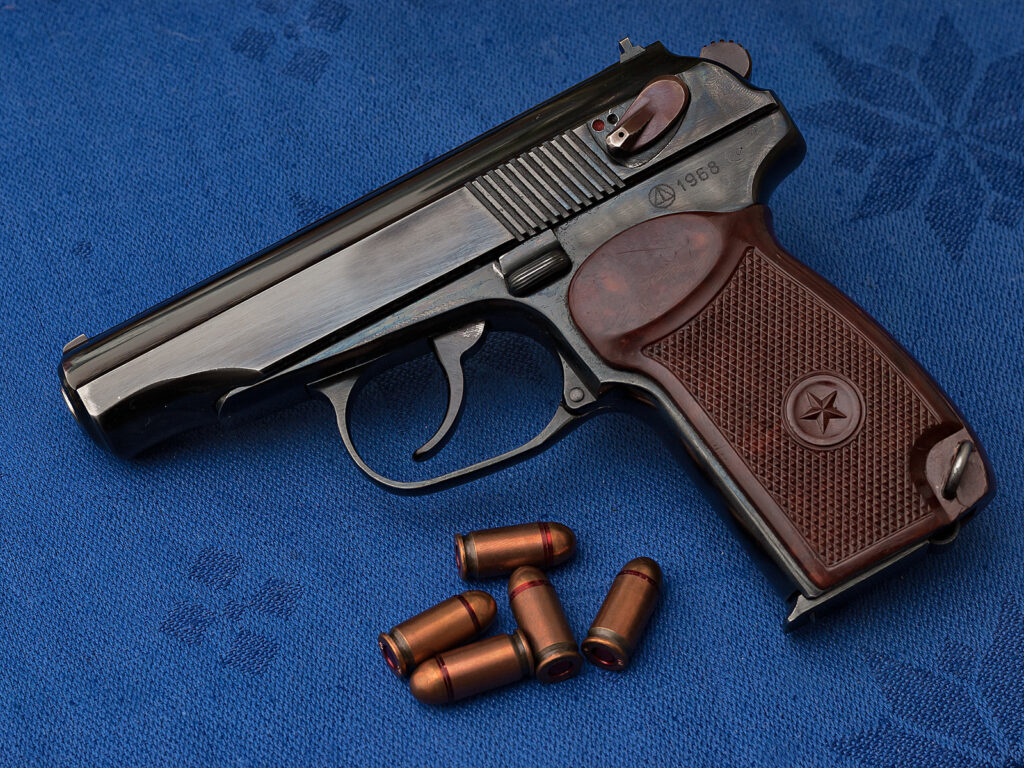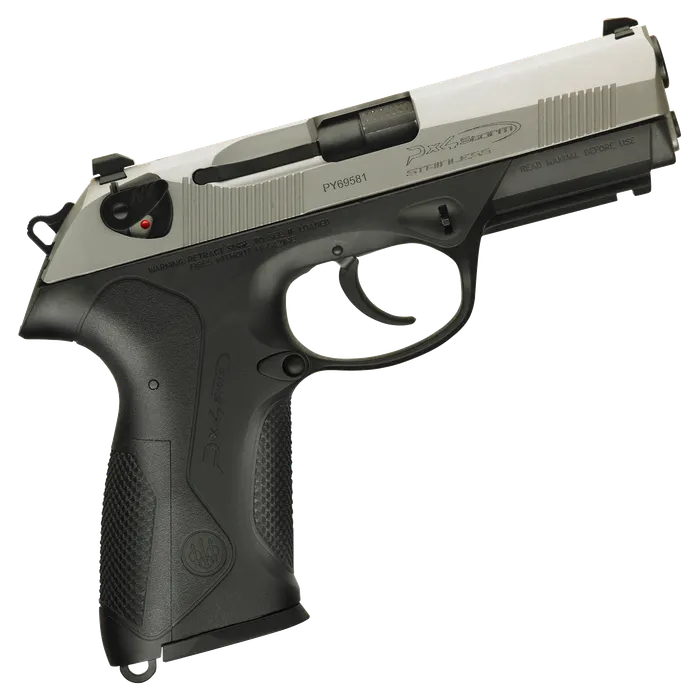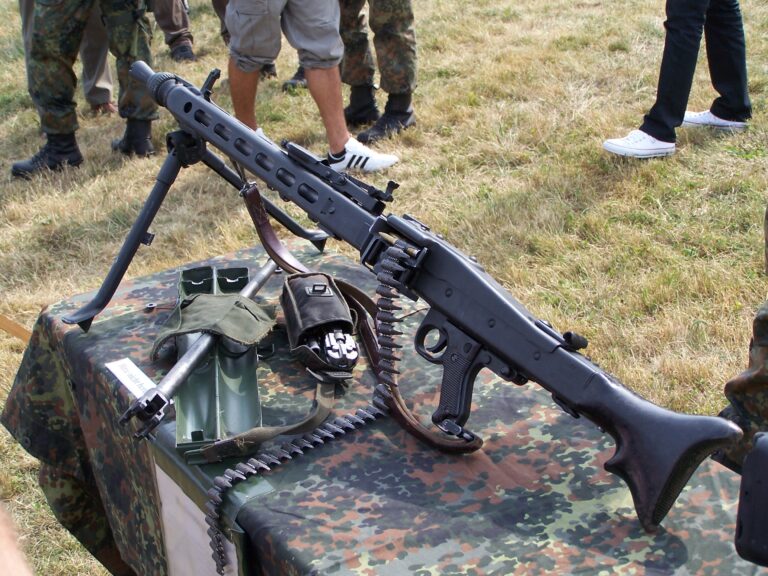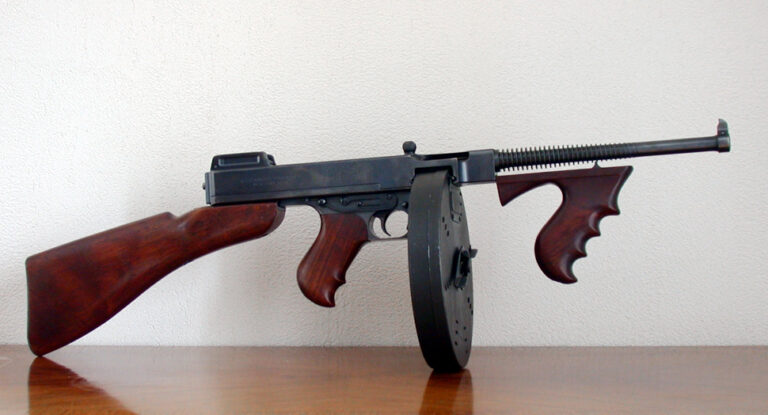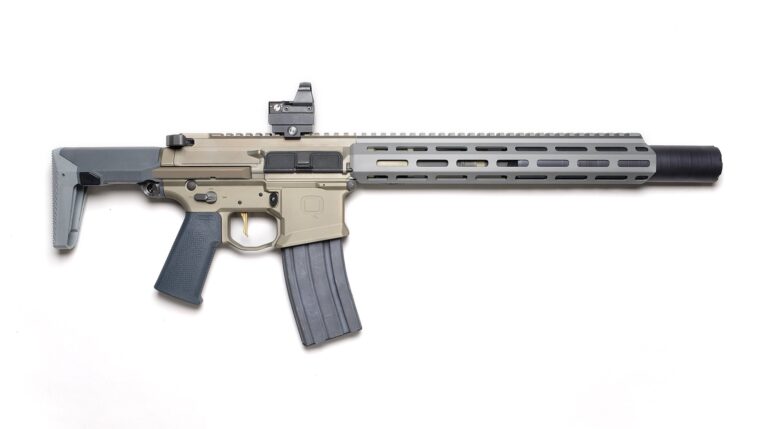Introduction
The PM (Pistolet Makarova) pistol is one of the most emblematic models in Soviet military history. Designed to replace the Tokarev TT-33, it was adopted by the Soviet army in 1951 as a standard sidearm. Its simplicity, reliability and low production costs have made it a preferred choice for many armed forces, as well as for civilians and collectors worldwide.
This article explores the history of the PM, its technical features, its performance and its place among the best-known semi-automatic pistols.
PM History and Design
Development of the PM began in the 1940s, when the Soviet Union was looking to modernize its arsenal. The specifications called for a compact, easy-to-maintain pistol capable of using a new 9×18 mm ammunition, specifically designed to limit the risk of compatibility with enemy weapons.
Engineer Nikolai Fyodorovich Makarov took up this challenge, drawing inspiration from the German Walther PP, while simplifying the design to cut costs and improve reliability. In 1951, the PM was officially adopted and became an emblematic weapon of the Eastern bloc. Used by military, police and intelligence officers, it was also produced under license in several countries, including China, Bulgaria and East Germany.
PM technical specifications
The PM is a semi-automatic pistol designed for simplicity and efficiency.
–Caliber: 9×18 mm
–Magazine capacity: 8 cartridges
–Total length: 161 mm
–Barrel length: 93.5 mm
–Weight: 730 g (loaded)
–Firing mechanism: Double action
–Effective range: 50 metres
–Materials: Steel body with bakelite or polymer handles
Its minimalist design and balanced weight make it ideal for prolonged use.
Performance and reliability
The PM is renowned for its ruggedness under extreme conditions. It operates efficiently in dusty, damp or cold environments, making it particularly well-suited to military requirements.
–Mechanical system: 27 main parts make it easy to dismantle and maintain, even for inexperienced users.
–Specific ammunition: The 9×18 mm caliber offers a good balance between power and control, although it is slightly less powerful than the 9×19 mm Parabellum used by modern pistols.
Ergonomics and ease of use
The PM is simple and intuitive to use. Its compact design makes it easy to conceal and comfortable to carry. Although its design is basic by today’s standards, it is still suitable for short-range missions or situations requiring a rapid response.
Comparison with other pistols
Glock 19
A modern, widely adopted model, the Glock 19 offers a 15-round capacity and a 9×19 mm Parabellum caliber. It surpasses the PM in terms of power and ergonomics, but its more complex mechanism requires more rigorous maintenance.
Walther PP
The Walther PP, direct inspiration for the PM, shares similarities in size and design. However, the PM uses a more powerful caliber (9×18 mm vs. .32 ACP or .380 ACP for the Walther), making it better suited to combat situations.
CZ 82
A direct competitor to the PM, the CZ 82 offers greater capacity (12 cartridges) and improved ergonomics. However, it is slightly heavier and more complex, which may limit its practicality in austere conditions.
PM applications
–Personal defense: Compact and reliable, ideal for close protection.
–Military use: Designed to withstand extreme conditions, it is particularly suited to hostile environments.
Collection: Its historical significance and timeless design make it a must-have for gun enthusiasts.
Conclusion
The PM remains a symbol of Soviet engineering, combining simplicity, robustness and history. Although it has been replaced in many armies by more modern models, it continues to appeal to collectors and military history enthusiasts alike. Whether for sport shooting, defense or collecting, this legendary pistol retains a special place in the world of handguns.

